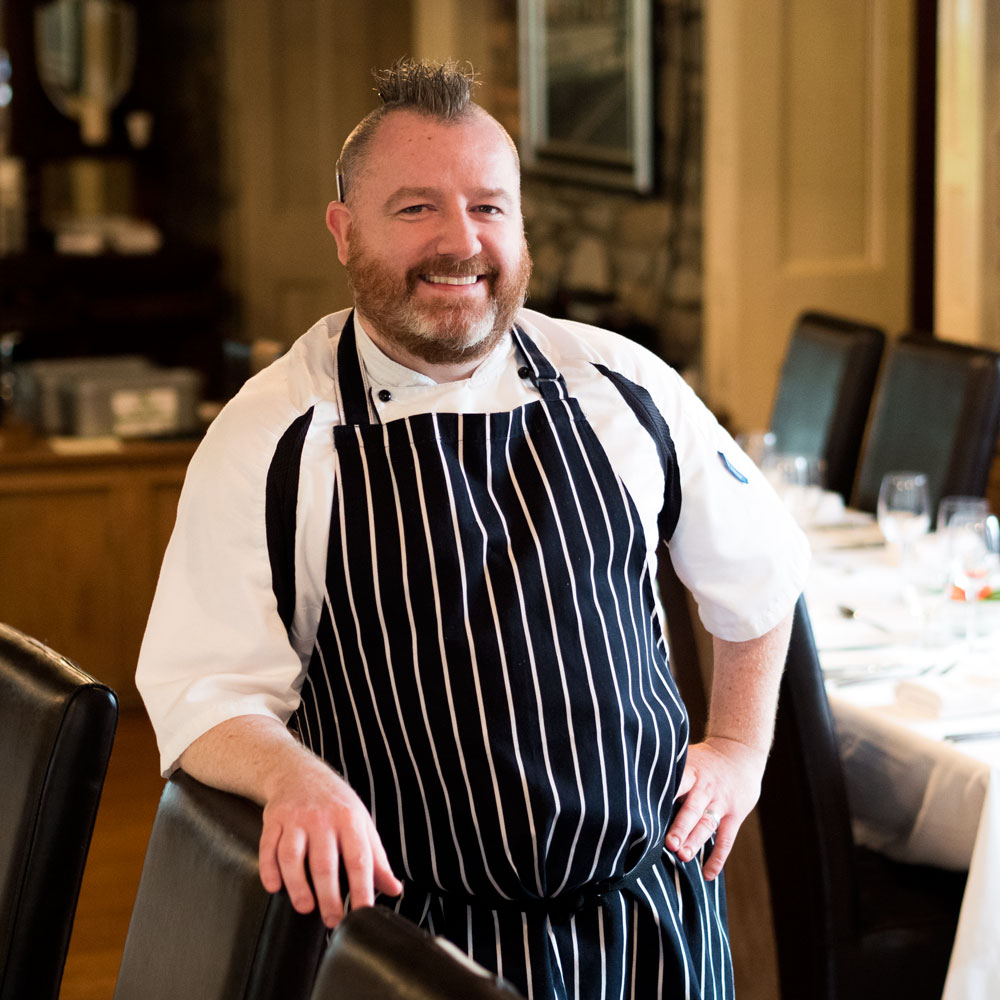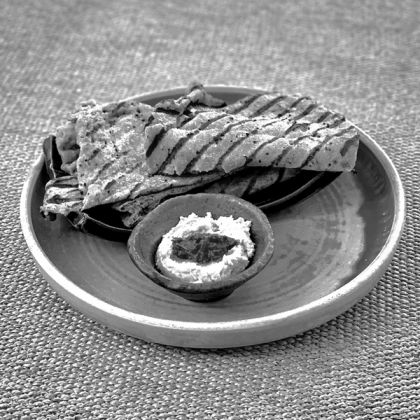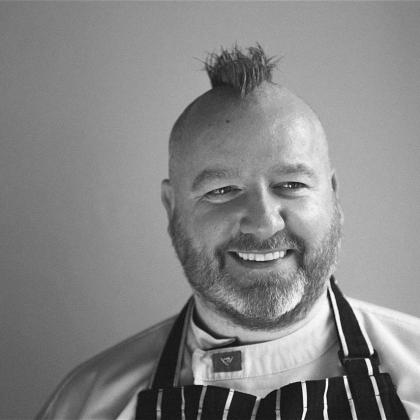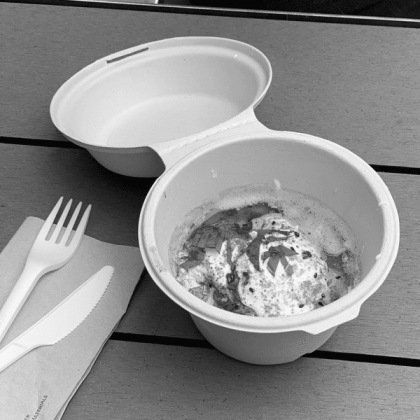If your chef can’t write your menu, you need a new chef.
I take great pride in my menu writing. I spent 6 long hard years with my mentor Tom Devlin in Boston getting put through the ringer every time I wrote one. He was a smart man who taught me the ins and outs of proper menu compilation.
A few years back I’d a bit of a back and forth conversation with a restaurant owner, whom I’ve little time nor respect for, regarding this topic. His exact words were “I’d never let a chef near a menu”!! I took great offense to this, for obvious reasons. The stigma that chefs aren’t all that smart really hits deep for me. Not all of us went into a career in food because we could do little else. Some of us, most in-fact, hold a proper education at the top of our agenda. And so we should.
Menu writing is quite complex. There are many factors one must consider even before actual menu items come into play. The cover (should you decide to have one), the paper, the layout, the colour. I could go on. Once you’ve decided on all, and more, of the above here are a few things I consider of importance.
Proper spelling. With every computer having spellcheck it’s unforgivable to have spelling mistakes on your menu. Nothing screams complacency more than basic spelling errors on a menu. Drives me mad.
Pricing and layout. Just like an all you can eat buffet, the expensive items should never read first. You must strike a balance. If, like me, you indulge in high-end ingredients then it’s essential that you get the balance correct between dishes that make a higher margin and those that chew up your profits. It’s no secret that chicken is cheaper than beef, lamb and pretty much everything else so it’s essential you put thought into these dishes and push their sale. Lean towards having them above more expensive items like, beef, lobster, halibut and lamb etc. Plant the seed of a great dish early with a customer and it helps sell it. This is especially important if you run a set price menu.
Not every item on a dish needs to be mentioned. Get a general overview of the dish on the menu but leave room for conversation between floor staff and customer. Floor staff should know the menu inside out. It helps that they get the dishes to eat on a regular basis. We feed our staff what customers eat. I don’t care what anyone says, it’s the best strategy. They don’t need to eat a sika deer dish each but present it to them, let them see it, explain the make up and then let them share it.
Think regionally. If I’d decided to make VM a seafood restaurant when opening in 2008 I’d have deserved a red card immediately. Seafood is of course available to us and we use an abundance of it but you’re not going to get your hummus in a scallop shell or see wee pretty pictures of cockles and lobsters on our menu. Your menu should be a story of your surroundings.
Practicality. You must never bite off more than you can chew. If I wrote the VM menu with Wednesday & Thursday in mind it’d be very different to the one we use. You’re only as good as how you dance on your busiest night. End of. Never ever write a menu that your kitchen can’t cope with on a busy night. A menu item of eight to ten steps and more on a busy night will destroy your service. Unless you’re fortunate enough to have NOMA-esque stagiaire type numbers behind you. I work with a small crew in VM and this has always been our making and breaking. We’ll try new dishes, they’ll go through our usual channels and then make the menu but should they fail the Saturday night test in efficiency they’ll be gone. Now I’m not saying the dishes that make it are easy but when you have one that simply chews up too much time during plating then you need to re-visit it and either alter or remove it. My motto is you get out what you put in so I place a big emphasis on mise en place heavy dishes that have an abundance of flavor but are efficient during service.
A restaurant is a business and the menu should never be a canvass for a chef's ego. A chef must strike a fine balance between what his/her heart and head wants to purchase.
@gazzachef
More Kitchen Mechanics:
The Sous Chef The Food Critic The Next Generation The Front of House Knives The KP The Vac Pack The Chef







